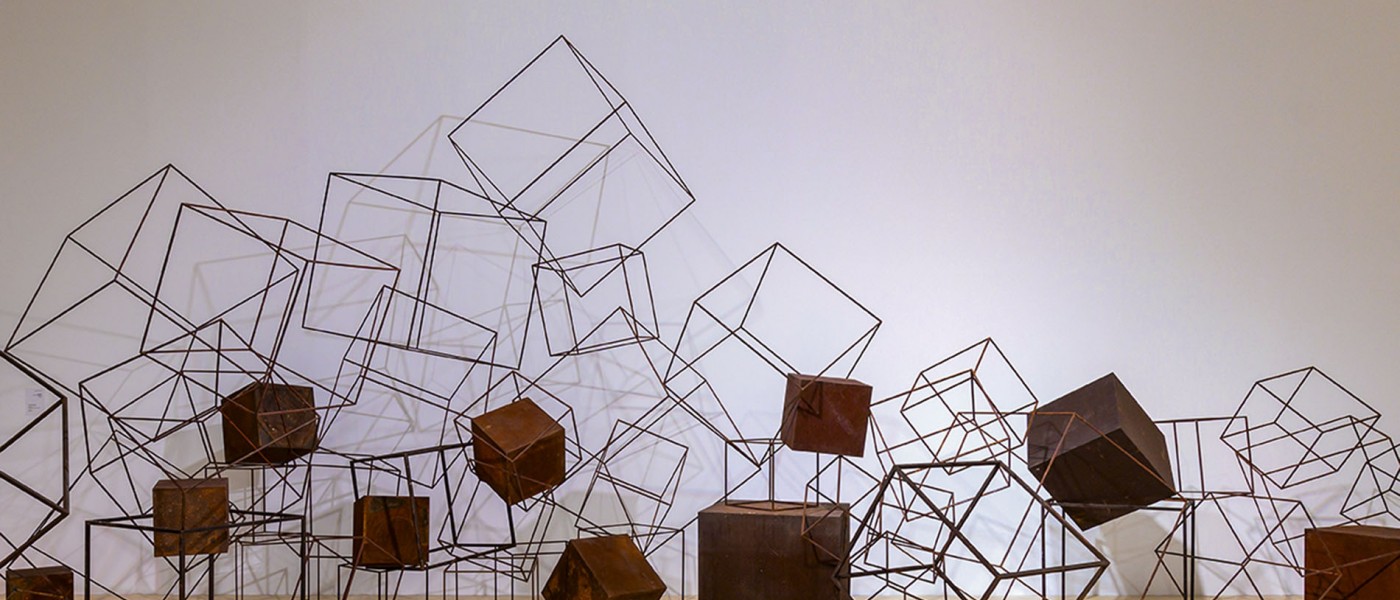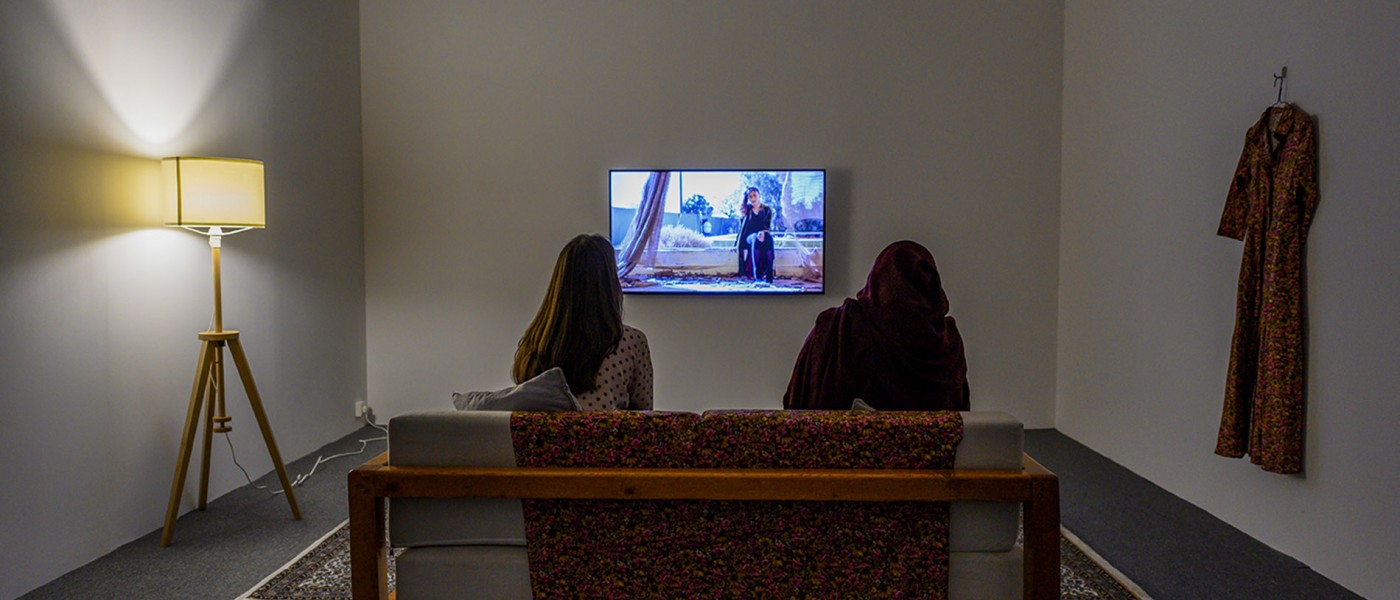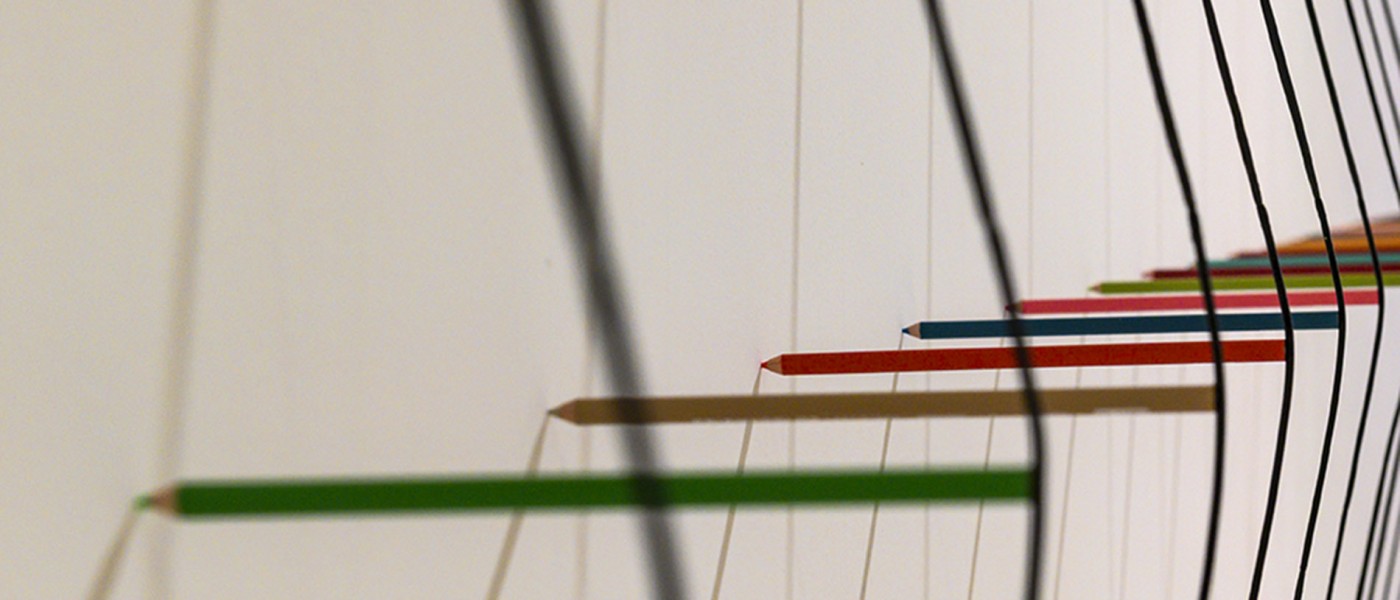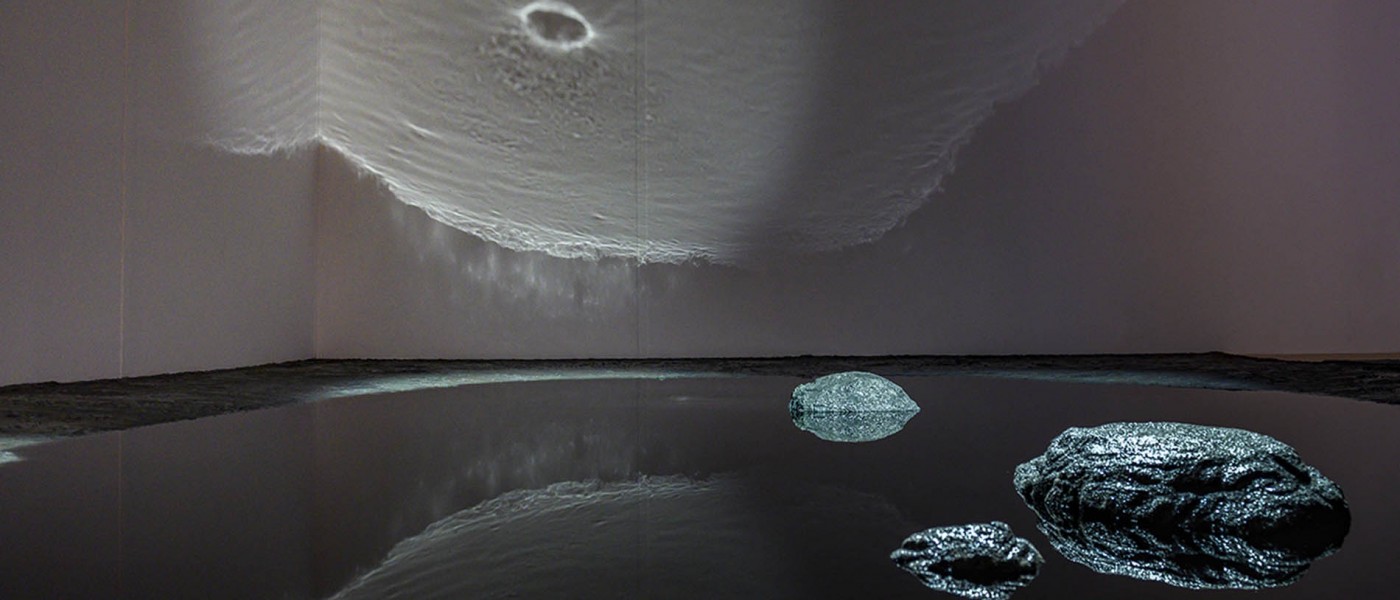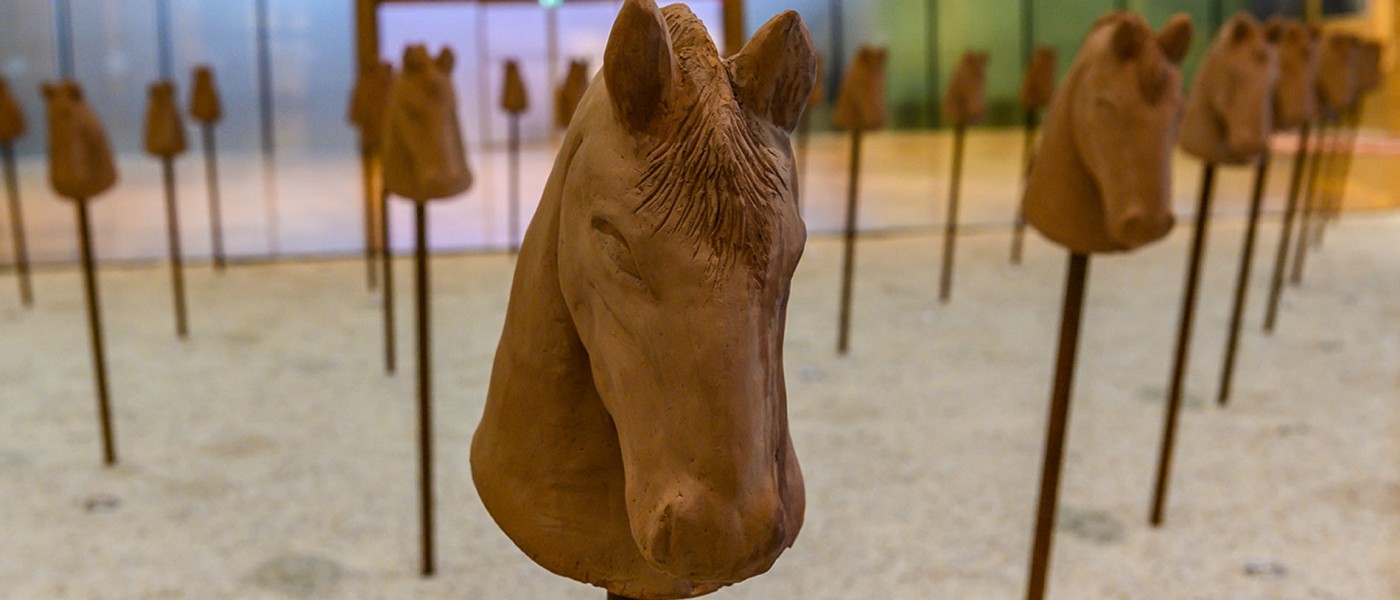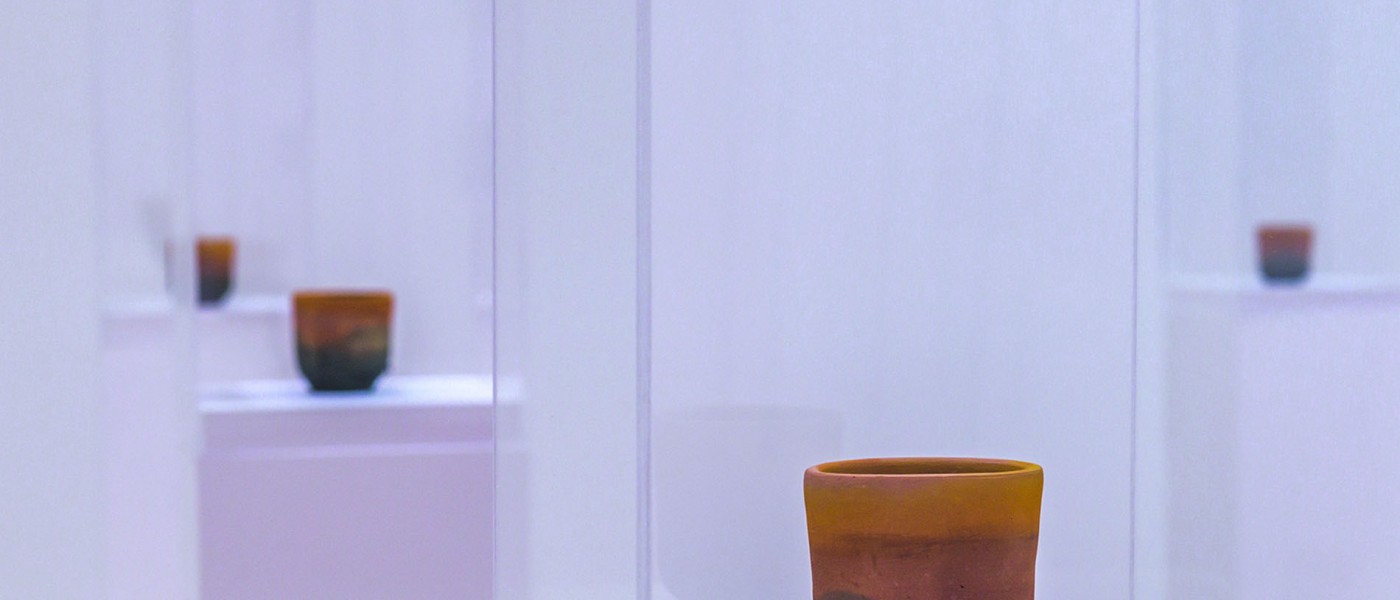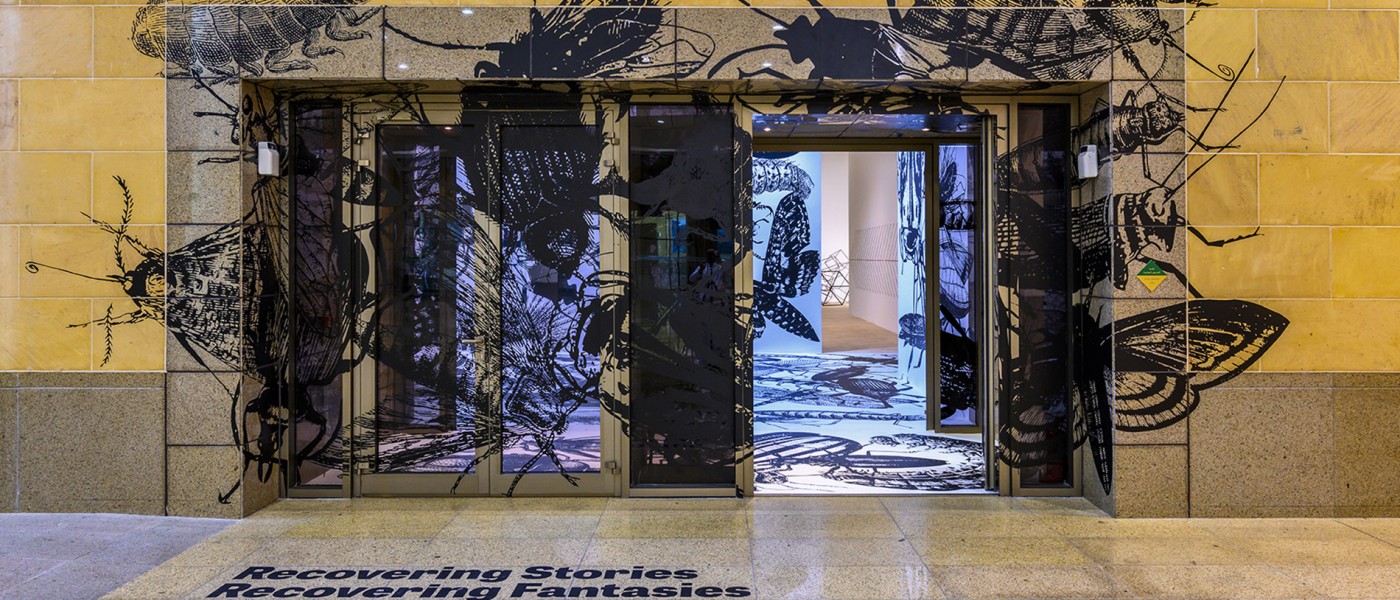How do we narrate our experiences? What is the distance between reality and fantasy? These questions are of paramount importance in a present crowded with images and information in which we seek to reflect.
Thinking with images is the proposal of this curatorial essay; in the words of Georges Didi-Huberman, images "touch the real" and are but traces that harbour the imaginary capacity to replenish a diversity of meanings.
In his book The Imaginary, Jean-Paul Sartre pointed out that "to propose an image is to create an object outside the totality of the real, and thus, to keep reality at a distance, to free oneself from it.”
Remains, trace or liberation from the real: in any event, a set of works such as those gathered in this project, seeks to offer to the spectator the opportunity to recover the imaginary dimension and with it to converge with other ways of thinking, that can expand the narrating modalities in that interstice between reality and fantasy that we invite to explore.
This selection of works - some designed for the public space and others to be integrated into the spaces of Riyadh's National Museum - allude to different cultural worlds, and evoke different realities that will, in turn, expand from the perception of each of the passers-by in the Diplomatic Quarter and of those who visit the exhibition.
This project is an invitation to think about the different forms of narratives offered by story-telling and the recovery of fantasies in contemporary art. In this regard, some BIENALSUR artists were selected to offer their own imagination.
At the entrance to the Riyadh's Diplomatic Quarter three imaginary fluttering flags by Christian Boltanski, Magdalena Jitrik and Voluspa Jarpa introduce the idea of new possible identities arising from the artistic world.
In the park, the sculptures by Pablo Reinoso displace the object’s original function to “exceed its own nature” by turning the public bench into a place for meeting and chatting, thus incorporating a ludic alternative into everyday life.
Reminiscent of the hobby horses we used to play with as children, Betsabeé Romero’s installation evoke cowboy films and medieval battles in countless historical narratives. The simplicity of the work is an open invitation to rethink such narratives from another point of view.
In the National Museumm, the concept we try to install through the organization of the works in the space resonates in a labyrinth where the audience is surprised by the discovery of each work.
The public walks into the room through Regina Silveira’s work, and becomes immersed in a space filled with images of giant insects printed on the doors, the walls and the ceiling. Beyond this unexpected entrance, it is possible to access another micro space and find in Eduardo Basualdo’s piece the aqueous universe of mermaids, or in another room behold the magical floral installation of Japanese artist Makoto Azuma and the peculiar story telling by Laurent Grasso. Additionally, spectators may be surprised by some spacial drawings and installation by Jose Bechara and Marco Maggi, or feel lost in the space with the video installation by Graciela Sacco or Paola Monzillo’s textile piece made with maps. Next, spectators can encounter the experience of time by Ayman Zedani, the identification of hopes by Faisal Samra, and attend the singular narrations by Sarah Abu Abdallah. Finally, they arrive at the last section of the space to find the intimate world of Fatima Al-Banawi and the imaginative work by Mariana Telleria, a giant boat that seems to have been trapped there.
This summary of a possible itinerary will be enhanced by the experience of each of those who accept the invitation to be led through the labyrinth, to recover other gazes through these artistic proposals, and to build other narratives.
This project is carried out with the support of the Ministry of Culture of Saudi Arabia.


